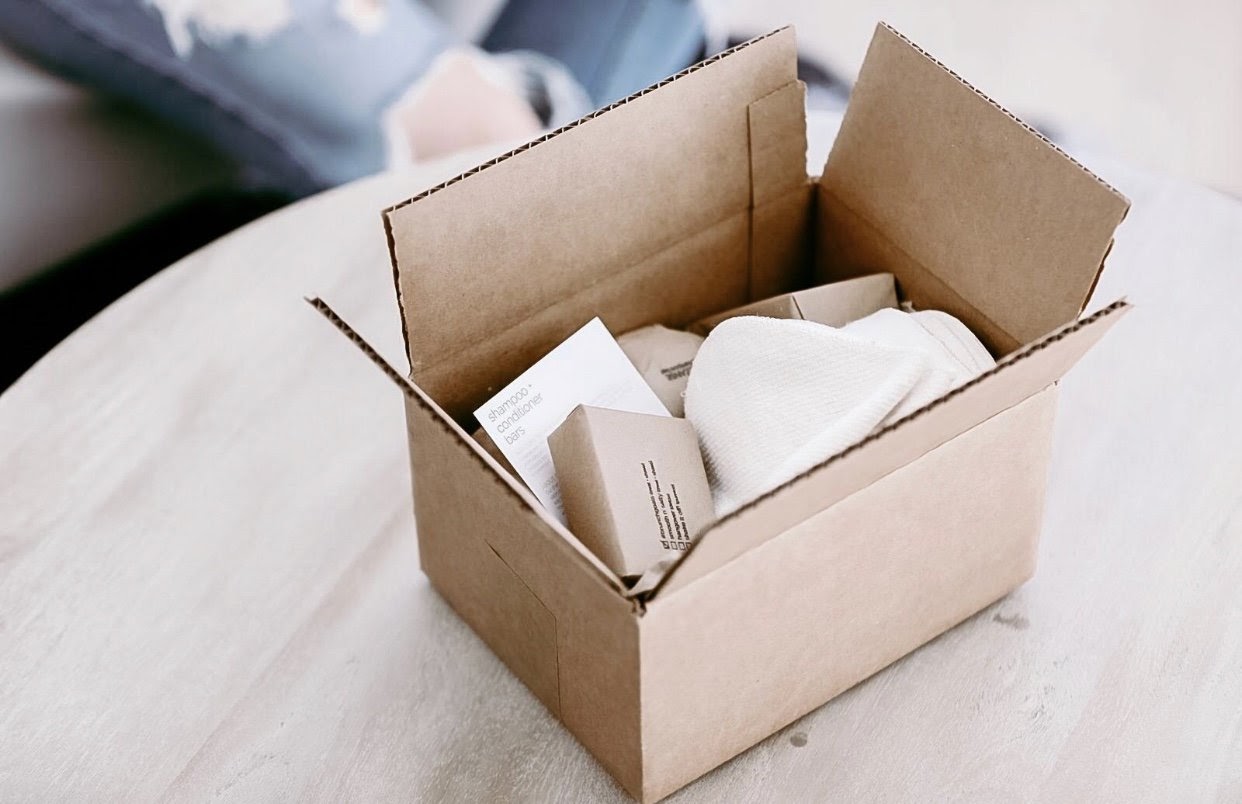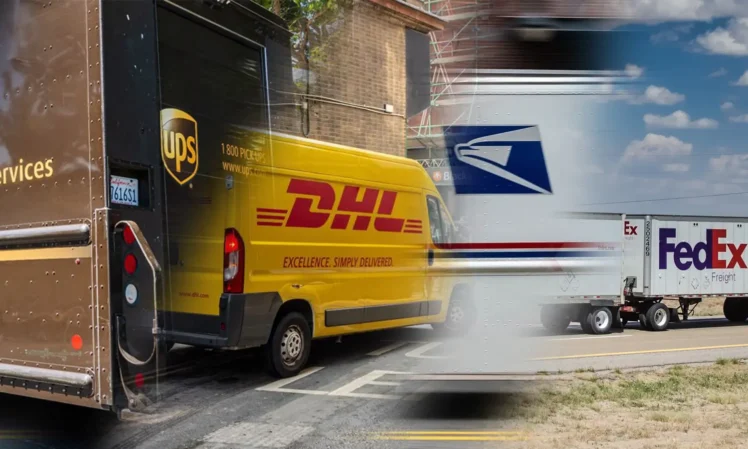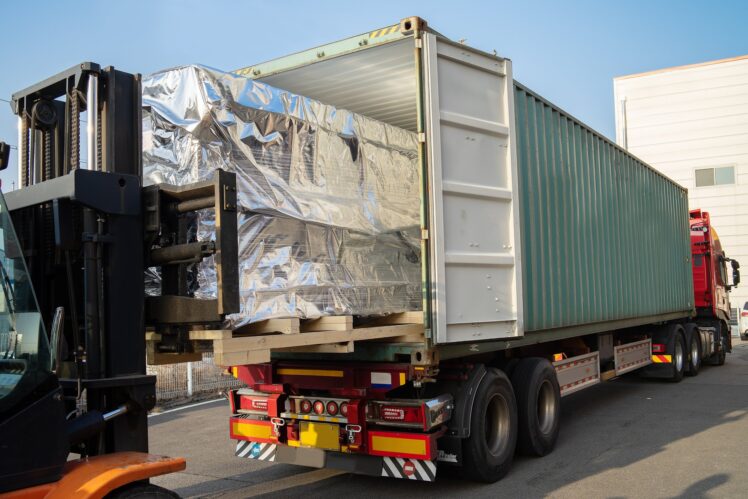Budget-Friendly Strategies to Ship Large Packages

In today’s global marketplace, shipping large packages can be a costly endeavor. Whether you’re a small business owner, an individual sending a gift, or an online retailer, finding ways to ship large items without breaking the bank is crucial. Here we will discuss various budget-friendly strategies for shipping large packages, ensuring that your items reach their destination safely and affordably.
1. Understanding Shipping Costs
Before diving into cost-saving strategies, it’s essential to understand what factors into the cost of shipping large packages. The primary determinants are:
- Weight and Size: Heavier and larger packages typically cost more to ship.
- Distance: Shipping costs increase with the distance between the sender and the recipient.
- Speed of Delivery: Expedited shipping services are more expensive.
- Carrier: Prices vary between carriers like UPS, FedEx, and USPS.
2. Compare Shipping Carriers

Source: betachon.com
One of the first steps in cost-effective shipping is to compare rates from different carriers. Each carrier has its pricing structure, and what’s cheapest for one package size and destination might not be for another. Utilize online tools and calculators provided by carriers to get estimates.
Tips for Comparison:
- Use Online Calculators: Most major carriers offer rate calculators on their websites.
- Consider Flat-Rate Options: Some carriers offer flat-rate boxes, which can be economical for heavy items.
- Look for Discounts: Check if any carriers offer discounts for businesses or frequent shippers.
3. Choose the Right Packaging
Selecting the appropriate packaging can significantly reduce costs. Using a box that’s too large not only increases the size but may also require additional packing materials to protect the item.
Packaging Tips:
- Reuse Boxes: Reusing boxes not only saves money but is also environmentally friendly.
- Opt for Lightweight Materials: Use lightweight packing materials like bubble wrap or air pillows.
- Custom Packaging: For businesses, investing in custom packaging that fits your products perfectly can be cost-effective in the long run.
4. Optimize Package Dimensions

Source: shiprush.com
Many carriers use dimensional weight (DIM) pricing, where the shipping cost is based on package volume. Reducing the size of your package can lower the dimensional weight and, consequently, the shipping cost.
How to Optimize:
- Disassemble If Possible: If shipping a large item that can be disassembled, do so to reduce the size.
- Use the Right Box Size: Choose a box that fits the item snugly without much extra space.
5. Consolidate Shipments
If you’re shipping multiple items to the same destination, consolidating them into one package can be more economical than sending them separately.
Consolidation Strategies:
- Combine Orders: For businesses, combine multiple orders for the same customer into one shipment.
- Use Pallets for Bulk Shipments: For very large or heavy items, shipping on a pallet can be cheaper than individual boxes.
6. Leverage Shipping Discounts and Membership Programs

Source: inc.com
Many carriers offer discounts and loyalty programs that can lead to significant savings over time.
How to Access Discounts:
- Join Membership Programs: Carriers like UPS and FedEx offer membership programs with discounted rates.
- Check for Corporate Discounts: If you’re shipping for a business, see if your company has negotiated rates with carriers.
- Use Online Shipping Platforms: Platforms like ShipStation or Shippo can offer discounted rates due to their bulk shipping volumes.
7. Be Flexible with Delivery Times
Opting for slower delivery options can reduce costs. If the package isn’t urgent, choosing ground shipping over air freight can save a considerable amount.
Tips for Flexible Shipping:
- Avoid Rush Shipping: Unless necessary, avoid expedited shipping options.
- Plan Ahead: Ship items in advance to avoid the need for fast shipping.
8. Insure Wisely
Insurance is crucial for valuable items, but it can add to the cost. Evaluate the need for insurance based on the item’s value and fragility.
Insurance Tips:
- Assess the Risk: Only insure items that are valuable or fragile.
- Check Carrier Policies: Some carriers offer a basic level of insurance included in the shipping cost.
9. Utilize Third-Party Insurance

Source: ucib.com.ng
Third-party insurance can be cheaper than carrier-provided options. Research and compare rates from third-party insurers.
Third-Party Insurance Benefits:
- Lower Rates: Often more affordable than carrier insurance.
- Customizable Coverage: More options for coverage levels and deductibles.
10. Monitor and Adjust Strategies
Regularly review your shipping strategies and costs. What worked well in the past may not be the most cost-effective approach as your business grows or as carrier rates change.
Monitoring Tips:
- Track Shipping Expenses: Keep detailed records of shipping costs.
- Stay Informed on Rate Changes: Carriers periodically adjust their rates and policies.
- Seek Customer Feedback: Understanding customer preferences for shipping can guide cost-effective decisions.
11. Embrace Technology and Automation

Source: fekrait.com
Incorporating technology into your shipping process can lead to significant cost savings, especially for businesses. Automation tools can help in selecting the most economical shipping options based on size, weight, and destination.
Technology Integration Tips:
- Use Shipping Software: Implement software that compares rates across carriers and selects the best option.
- Automate Label Printing: Save time and reduce errors with automated label printing systems.
- Track Shipments Efficiently: Use tracking tools to monitor shipments and provide updates to customers.
12. Negotiate with Carriers
Don’t hesitate to negotiate rates with shipping carriers, especially if you ship large volumes. Carriers are often willing to offer better rates to retain loyal customers or attract new business.
Negotiation Strategies:
- Discuss Volume Discounts: If you ship in large quantities, ask for volume-based discounts.
- Leverage Competitor Pricing: Use offers from competing carriers as leverage in negotiations.
- Seek Long-Term Contracts: Committing to a carrier for a longer period can often secure lower rates.
13. Explore Regional Carriers
While major carriers like UPS, FedEx, and USPS are popular, regional carriers often offer competitive rates for large packages, especially within specific areas or regions.
Benefits of Regional Carriers:
- Cost-Effective Rates: They often have lower overhead, translating to cheaper rates.
- Localized Expertise: Regional carriers may provide better service in certain areas.
- Flexible Services: They might offer more tailored services suited to your specific needs.
14. Utilize Freight Shipping for Very Large Items

Source: freightclub.com
For extremely large or heavy items, you can send by freight, it can be a more economical option. Freight services specialize in handling oversized packages that regular carriers can’t accommodate.
Freight Shipping Advantages:
- Cost-Effective for Heavy Items: Often cheaper than traditional shipping for very large items.
- Multiple Service Options: Choose from less-than-truckload (LTL), full truckload (FTL), or other specialized options.
- Greater Capacity: Ideal for bulk shipments or oversized items.
15. Stay Informed About Industry Trends
The shipping industry is constantly evolving. Staying informed about the latest trends and changes can help you adapt your shipping strategies to save money.
Keeping Up-to-Date:
- Follow Industry News: Regularly read logistics and shipping industry publications.
- Attend Trade Shows and Seminars: These can be valuable sources of information and networking.
- Join Professional Groups: Online forums and professional groups can provide insights and tips from peers.
16. Consider Environmental Impact
Eco-friendly shipping practices are not only good for the planet but can also be cost-effective. Sustainable practices often involve using less material and optimizing transportation efficiency.
Eco-Friendly Shipping:
- Use Recycled Materials: Opt for recycled or biodegradable packing materials.
- Minimize Packaging: Reducing packaging waste can also reduce costs.
- Choose Eco-Friendly Carriers: Some carriers offer green shipping options at competitive rates.
Conclusion
Shipping large packages economically requires a blend of strategy, negotiation, and staying informed. By leveraging technology, exploring various carrier options, and being mindful of packaging and environmental impacts, you can significantly reduce shipping costs.
Whether you’re a small business, a large corporation, or an individual, these strategies can help you navigate the complexities of shipping large items while keeping expenses in check. Remember, the most effective shipping strategy is one that balances cost, efficiency, and reliability, ensuring a positive experience for both the sender and the recipient.





